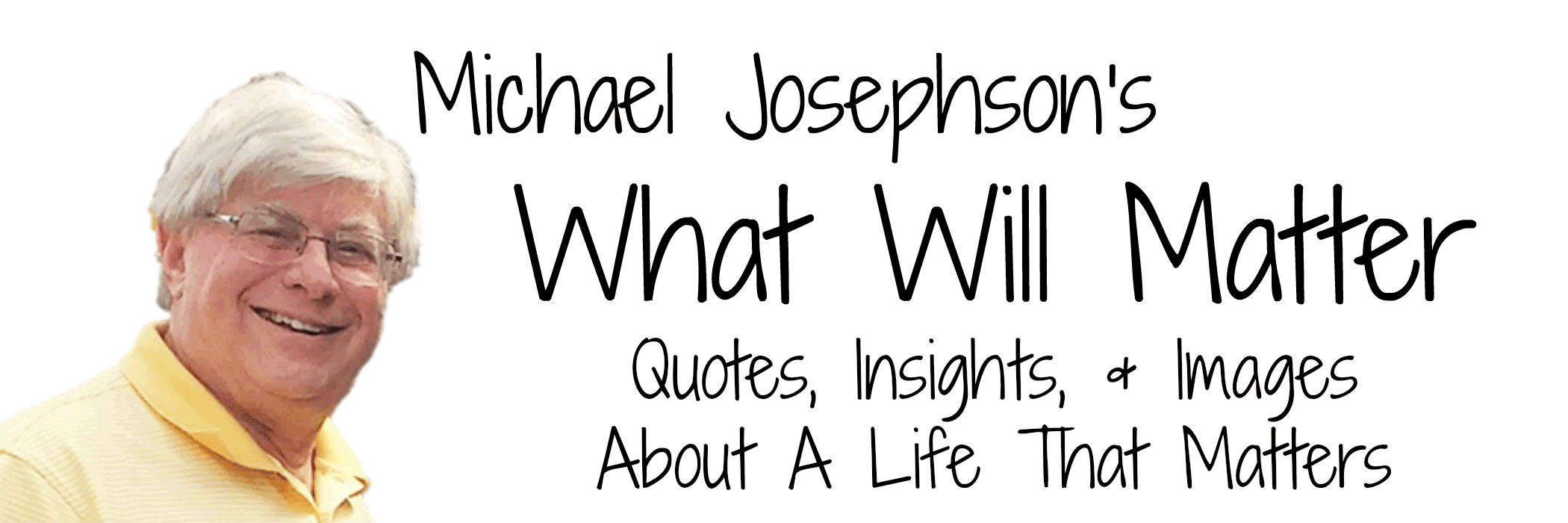“Nice guys finish last.”
This maxim originated with a fiercely competitive baseball manager named Leo Durocher who shamelessly advocated ruthlessness, cheating, and dirty play. It is also used to explain why sweet, thoughtful men lose out to self-centered jerks in the world of dating.
Lots of people believe the philosophy applies in business as well. The rationale: Nice is the same as weak, and worrying about the other guy is stupid and counter-productive.
Firms of Endearment, an exceptionally interesting book published by the Wharton School of Business, explodes this myth with persuasive case studies and data. Authors Raj Sisodia, David B. Wolfe, and Jag Sheth used an extensive screening process to identify the most loved companies in the U.S., companies that customers, employees, and suppliers raved about. They labeled these companies “firms of endearment” (or FoEs) and set out to see what they did to win so much devotion and how they fared in the dog-eat-dog world of capitalism.
It wasn’t hard to discover why these companies were loved. Though each went at it a bit differently, a common element was that firms like Costco, Southwest Airlines, Whole Foods, and Commerce Bank are seen to bend over backwards to please their customers. They are also more generous to their employees and their suppliers than their competitors, going out of their way to show the people they work with that they are valued and appreciated. They are more likely than other companies to humanize their interactions with fun and acknowledgement. They also are more likely than their competitors to be good citizens – paying their fair share of taxes, contributing to community projects, and protecting the environment. Finally, FoEs tend to be led by CEOs who clearly care about people and principles and truly believe they have an obligation to all stakeholders, not just shareholders.
By any standard, these companies are “nice.” But this niceness doesn’t come cheap. The ultimate question is, with all their extra costs, how do they do on Wall Street?
The most surprising conclusion of the researchers was that nice works. In fact, FoEs beat the pants off competitors whose more traditional business practices focus on the bottom line.
Cumulatively, the 30 companies that earned the FoE designation returned 758% over 10 years, versus 128% for the S&P 500. Over the past five years – a particularly tough period during which the S&P lost 16% – these firms returned 205%. Perhaps even more impressively, they substantially outperformed the “great” companies identified by Jim Collins in his classic book, Good to Great. In the three years most recently studied, the FoE firms did more than twice as well as the Good-to-Great firms (106% to 51%).
The authors contend that the world is changing dramatically, imposing new requirements for business success and what they call “the social transformation of capitalism.” This is one of my “must read” books for 2011.
This is Michael Josephson reminding you that character counts.
* The commentary broadcast was a slightly abbreviated version of the above. Here are the companies identified as FoEs:
